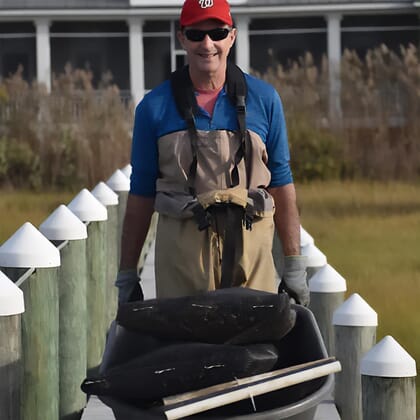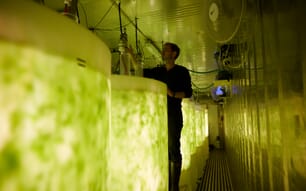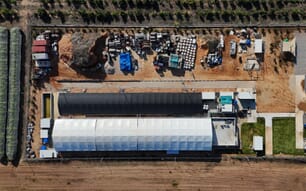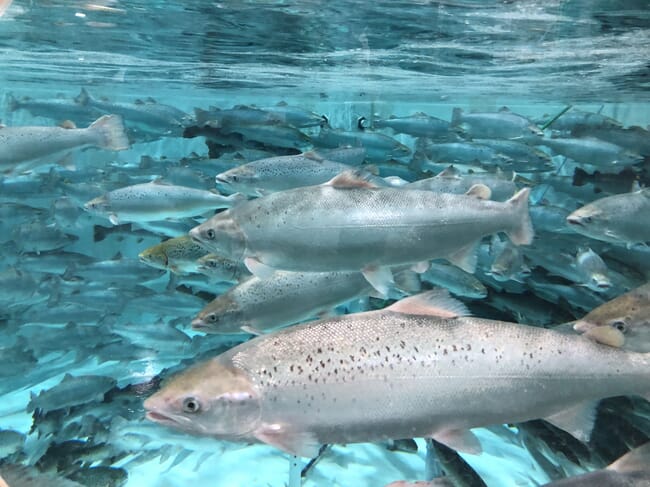
© Superior Fresh
So point out Daniel Grosse and Geri Unger, who have recently published an extensive piece of research* comparing the fortunes of the two sectors in the US and beyond, on behalf of the Atlantic States Marine Fisheries Commission.**
“We’ve looked at businesses globally and couched our recommendations based on what we think would most benefit the United States,” explains Grosse.
“What really came through from the folks that we spoke to are the hurdles that they have to overcome to do this on the east coast of the United States. Number one being raising investment – which is much harder in the US than in Europe or in Asia,” says Unger.
“The major hurdles are long-term investment, overpromising, and underdelivering – especially initially,” she adds.
The pair were also struck by the low level of interest in seafood from most American consumers – with average consumption, according to Grosse, as low as 14 lb per person, per year – although the growing population means that demand is on the rise.
This might help explain why many of the aquaponics producers were making more money from plants than from seafood. And some of the plants are grown to be smoked, not eaten.
“Businesses that were turning a profit tended to be in aquaponics and their profits came not from the fish or the shrimp, but from plants – lettuces and marijuana in particular,” reflects Grosse.
“The Canadians are really into aquaponically growing marijuana, it’s a big deal in Canada,” Unger confirms.

© Green Relief
During their research, the largest aquaponics producer they visited was Superior Fresh – which grows leafy greens in water fertilised by salmon waste in Wisconsin.
“Superior Fresh do not make their money from salmon – it’s a loss leader – the salmon are there to provide the nutrients for the plants,” says Grosse.
Diversity of species
While salmon might be the most popular target for many RAS and aquaponics producers, due to the consistently high demand for them, Grosse notes that tilapia are better suited to such systems – and he should know, both he and Unger first become involved in RAS in the late 1970s, in Israel, where tilapia are the staple fish.
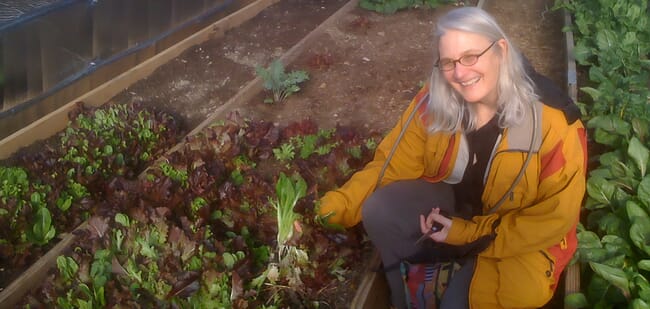
“You can hit tilapia with a 2 by 4 and they’ll do just fine,” Grosse jokes. “But there’s bigger bucks and better returns on investment with salmon – they’re the most popular fish eaten in the US, but most of those are coming from net pens in Norway and Chile. Most of the investors in RAS in the US are European, because they see the writing on the wall for them and see this big potential in the States for farms, as long as they are near highways and populations.”
However, he adds, that growing salmon doesn’t guarantee success.
“I think the main issue is that most of the farms are set up by scientists – not businessmen, not marketers. They know all about the technical side of RAS but they can’t make money out of it. Where they’ve been most successful it’s when they’ve teamed up with people with business backgrounds who understand marketing and distribution,” says Grosse.
Meanwhile Unger argues that more people should consider focusing on shrimp – due to issues in the supply chain, such as the human rights violations that came to light in recent investigations into the Indian shrimp processing sector.
“Shrimp is such a popular food and American chefs say they’d use locally farmed shrimp if they could get hold of it,” she reflects.
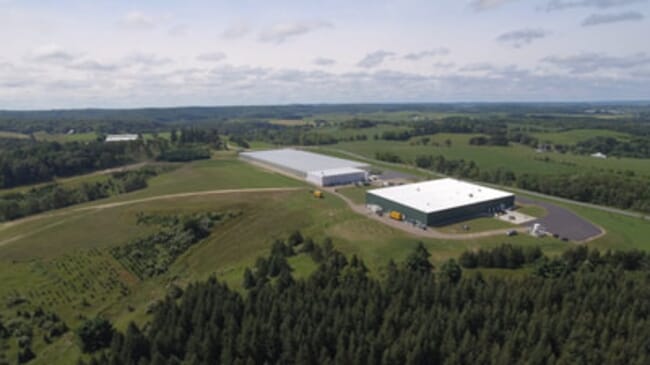
According to Grosse and Unger, it is the greens that drive the profits, not the fish © Superior Fresh
A question of scale
Scale is another factor that Grosse cites for the poor performance of so many of the RAS farms in the US.
“Hundreds of millions of dollars are being pumped into the US for these large-scale operations, but starting large seems to be, in view of many, a mistake. Get it so you can grow fish and make some money – then expand. That’s why Superior Fresh are about to expand their operations by a factor of four without changing their footprint,” says Grosse.
“They became profitable very quickly because they were smart about it – they initially targeted the Great Lakes market, but now they’re country-wide – supermarkets in DC are now selling Superior fresh Fish and Superior Fresh lettuces,” he adds.
According to Grosse, many of the mid-sized RAS farms are proving more successful than the more ambitious ones. And he cites the case of Ideal Fish – the Connecticut-based sea bass and bream producer founded by former Wall Street market analyst Eric Pedersen.
“He’s brought in some great people and also sells RAS products from other growers. As well as sea bream and branzini [sea bass] he sells steelhead from Hudson Valley in New York and fish from other areas which he sells under his own label as well as their own labels. They’ve also got a presence online,” notes Grosse.
Key takeaways
Despite the challenges that face US RAS and aquaponics producers both Unger and Grosse believe that there is scope for the sector to grow, and that it can bring many benefits in terms of food security and job creation.
“It’s not for the faint of heart, there are lot of hurdles to overcome to get it to scale, but I’m fairly optimistic. It really depends on the investment, the ability to build the infrastructure, the ability to communicate with the local people – many of whom are worried that RAS farms are going to be polluting, even though it’s not,” says Unger.
She would, however, like to see greater levels of government support for the sector – and for aquaculture and fisheries in general.
“The US has very few safeguards for local fisheries people against cheap imports – in our interviews this was brought up over and over again. We have a farm bill coming up for reauthorisation and quite a few groups are working to get fisheries [and aquaculture] in the bill as a protected group against cheap imports of very poor seafood – I think that’s a policy dimension that needs to be addressed,” she argues.
“RAS can succeed, as long as people know what they’re getting themselves into, and ramp up operations gradually and realistically. It’s a long game, not a quick ROI [return on investment]. But lots of potential. And there’s lots of university and extension help at no cost,” Grosse adds.
*To access the full report, please contact Daniel Grosse via dangrosse12@gmail.com
**This research was supported by a grant from NOAA Fisheries and was undertaken in cooperation with Delaware Sea Grant and Delaware State University, Maryland Cooperative Extension, and University of Maryland Baltimore Campus Dept. of Marine Biotechnology.
